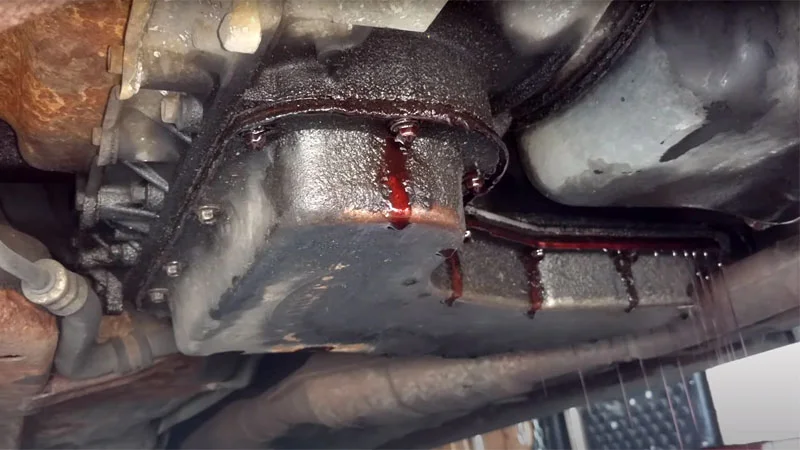
The transmission fluid in your vehicle plays a crucial role in ensuring smooth gear shifts and overall transmission performance. It works as a lubricant, coolant, and hydraulic fluid for the transmission system.
When the transmission fluid level becomes low than the recommended amount, it can lead to various issues that can potentially damage your vehicle’s transmission.
In this blog, we will explore the symptoms, causes, and possible solutions to the low transmission fluid problem.
What is Transmission Fluid?
Transmission fluid is a specialized lubricant designed to withstand high temperatures and pressures within the transmission system. It provides lubrication to the various moving components and helps to transfer power from the engine to the wheels.
Additionally, transmission fluid helps to cool down the transmission by dissipating heat generated during operation.
Symptoms of Low Transmission Fluid
Low transmission fluid can manifest through several noticeable symptoms. If you experience any of the following signs, it is essential to check your transmission fluid level and take appropriate action:
1) Delayed or Slipping Gear Shifting
- Difficulty shifting gears smoothly, especially when accelerating or decelerating.
- Slippage occurs when the transmission briefly disengages or fails to engage properly, resulting in a momentary loss of power.
2) Gear Engagement Problems:
- Harsh or abrupt gear changes are often accompanied by jerking movements.
- Failure of the transmission to engage a gear, leaving the vehicle in neutral despite the gear selector being in position.
3) Overheating Transmission
- Increased temperature readings on the transmission temperature gauge or dashboard warning light.
- A burning smell or smoke emanating from the engine compartment.
4) Unusual Noises
- Whining, buzzing, or grinding sounds coming from the transmission area.
- Clunking or thumping noises when shifting gears or during gear changes.
5) Transmission Fluid Leaks
- Visible fluid stains or puddles under the vehicle, often red or brown in color.
- Low fluid levels without any apparent cause, indicate a leak in the transmission system.
Causes of Low Transmission Fluid
Several factors can contribute to low transmission fluid levels, including:

1) Fluid Leaks
- Worn seals, gaskets, or O-rings within the transmission system.
- Damaged transmission pan, cooler lines, or radiator.
2) Inadequate Fluid Maintenance
- Failure to check and replace the transmission fluid at recommended intervals.
- Ignoring regular transmission fluid flushes and filter replacements.
3) Overheating
- Operating the vehicle under severe conditions, such as towing heavy loads or continuous stop-and-go traffic.
- Faulty cooling system, including a malfunctioning radiator, cooling fan, or transmission cooler.
Solutions
If you suspect low transmission fluid levels based on the symptoms mentioned above, it is crucial to take prompt action. Here are some recommended steps to address the issue:
1) Check the Fluid Level
- Consult your vehicle’s owner’s manual for instructions on locating and checking the transmission fluid dipstick.
- Add fluid if necessary, following the specifications mentioned in the manual.
2) Inspect for Leaks
- Thoroughly inspect the transmission system for any signs of leakage.
- Seek professional assistance to identify and repair the source of the leak.
3) Fluid Replacement
- If the fluid level is significantly low or contaminated, consider a complete fluid replacement.
- Visit a trusted mechanic or service center to perform the fluid flush and filter replacement.
4) Regular Maintenance
- Follow the manufacturer’s recommended maintenance schedule for transmission fluid changes.
- Keep an eye on fluid levels periodically to ensure they are within the appropriate range.
Conclusion
Ensuring adequate transmission fluid levels is vital for the longevity and performance of your vehicle’s transmission system. By being aware of the symptoms associated with low transmission fluid and addressing the issue promptly, you can prevent further damage and costly repairs.
If you are unsure about the correct course of action, consult a qualified mechanic or automotive expert to diagnose and resolve any transmission-related concerns. Remember, regular maintenance and care go a long way in keeping your vehicle running smoothly.
